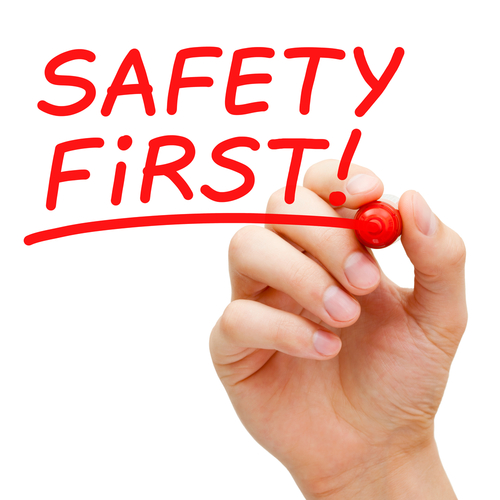Yesterday, we discussed what EHS metrics are, what they can do for your EHS program, and how to choose good metrics. Today, we’ll talk specifics. What kind of metrics have worked well for EHS programs? What indicators should an EHS manager look at?

Indicators provide evidence that a certain condition exists or certain results have or have not been achieved. Indicators enable decision makers to assess progress toward the achievement of intended outcomes, goals, and objectives. We’ll address both leading indicators (metrics in advance of the result) and lagging (sometimes called trailing) indicators (measurements that can be taken after the result).
Leading safety indicators
In economic terms, a “leading indicator” is a metric that changes ahead of the larger economy, such as building permits and inventories, and that can be used to predict where the economy is heading. You can use some metrics as leading indicators of whether your safety program is improving or deteriorating.
If you have just started as the safety manager in a manufacturing facility, the job can be very overwhelming as there’s so much to learn. Join us for this live webinar coming Tuesday, September 23, 2014 and learn to create a clear, methodical, step-by-step approach to developing an effective and compliant safety program. Click here for details.
Leading indicators you should track in your safety program include:
- Safety system audits
- Safety communications
- Safety committee activities
- Observed safe behaviors
- Employee turnover rate
- Third-party certifications completed
- Training records
Lagging safety indicators
A “lagging indicator” in economic terms is one that changes after the economy has changed; labor costs and the unemployment rate are two examples. These indicators show you what has already happened.
Join us for an in depth safety webcast on Safety 101 for Manufacturing Operations and learn to identify the key first steps and safety program elements that will lead to your success. Click here to register now!
In your safety program, lagging indicators are useful for determining where you need to improve, analyzing trends, prioritizing your safety interventions, and confirming the effectiveness of interventions.
Some lagging indicators you should track include:
- Accidents or near misses
- Accident and near-miss investigations
- Injuries and illnesses
- OSHA citations
- Workers’ compensation rates
Are you a new safety manager? Could you use more guidance on getting your program together and measuring its effectiveness? Join us for a Safety 101 webinar especially for new safety managers in manufacturing: We’ll give you the tools you need to put a terrific program in place!

Could you please share in more detail on how to measure these indicators?
1.Safety communications
2. Safety Committee activities
3. Training records
4. Near miss investigations.
Thanks for sharing
Thanks for your comment. It was a great question, so we’re going to devote an upcoming issue to answering it. It will probably appear in 5 to 6 weeks.
Thanks for reading and commenting!